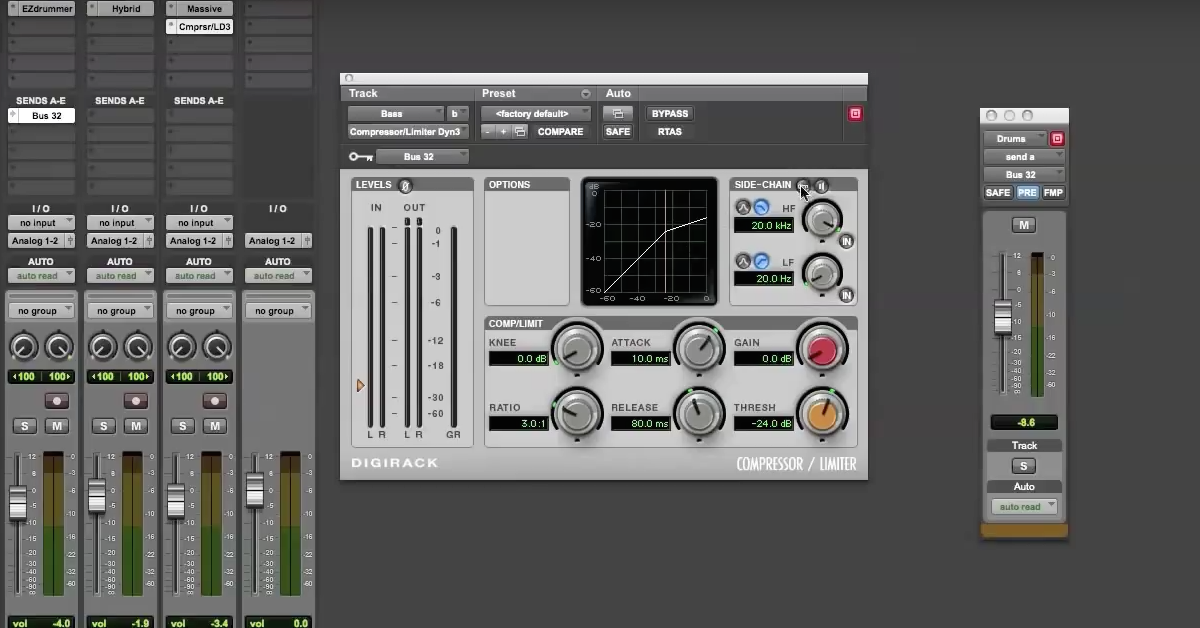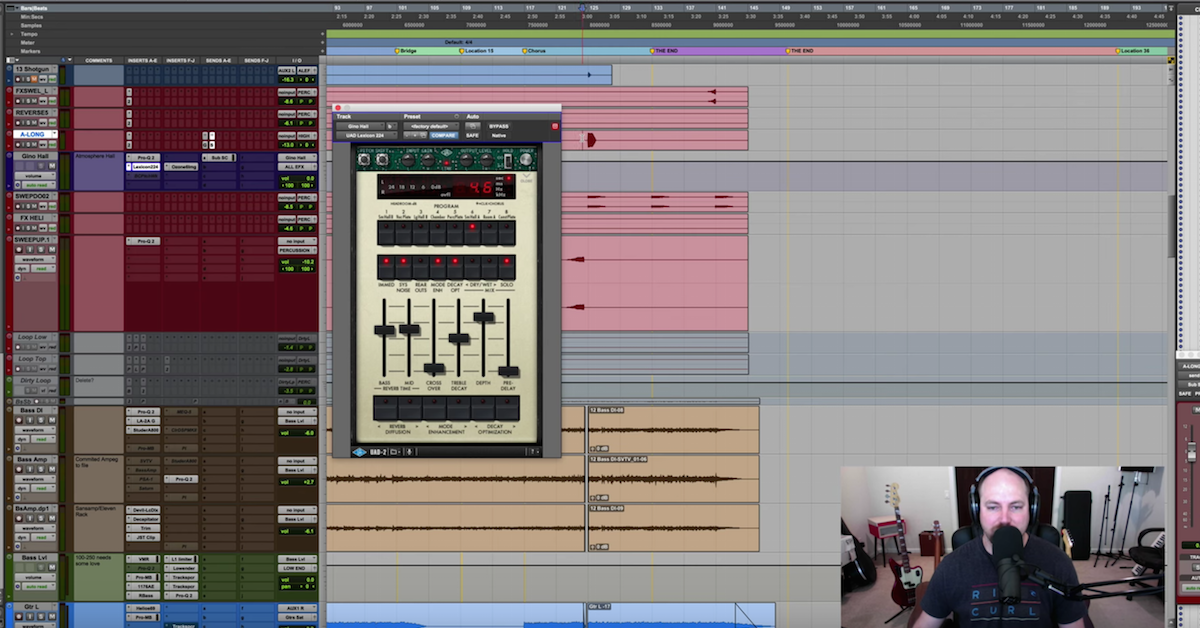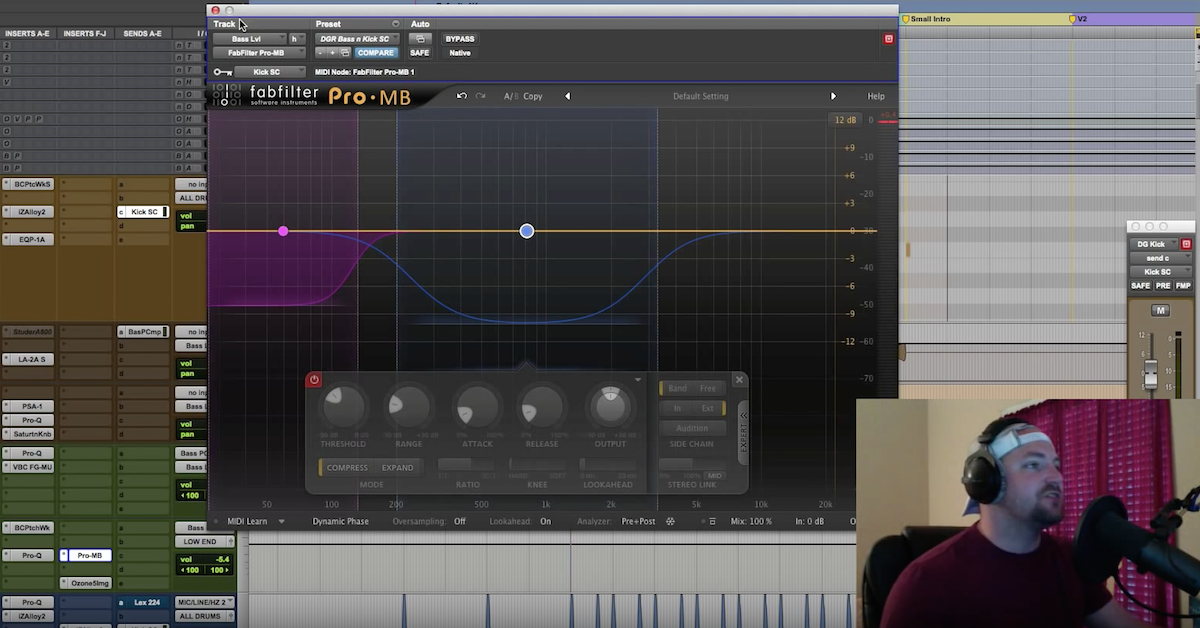6 Tips for Better EDM Buildups and Drops
Article Content
In dance music, builds and drops are crucial. A massive buildup followed by a wimpy drop can really undermine the overall success of a track on the dance floor. Just like a buildup without enough tension and energy followed by a strong drop can leave the audience feeling confused and dissatisfied.
So I put together a list of techniques that will help you better understand how to get the most out of your breakdowns, buildups and drops.
1. The Drop
Since the rise of “EDM” (a new-age fancy term for electronic dance music), “the drop” is the section of a track where the theme switches and the rhythm and bassline are introduced. The drop usually follows the breakdown and buildup section of a track.
Keeping the drop minimal is important to guarantee the most energy on the dance floor.
People generally don’t want to think too much when they’re partying and the last thing you want to do is confuse them by making your drop sections too busy or cluttered. So it’s good to keep it simple for at least the first 16 bars and then start gradually introducing elements like claps, extra percussion, synth risers etc. until the breakdown.
2. Breakdowns
In order to get the most impact from the drop section of your track, it’s important to understand how tension and release works and how they play such a vital role in dance music. You need to create an absolute low and high in order for the drop to feel like it’s hitting you in the chest.
Keeping some form of rhythm in during the breakdown is also a good technique for keeping the audience moving even when the track’s energy is reduced. You can achieve this by keeping an element like the clap going on two and four or by running a high or low-pass filter across the four on the floor kick drum pattern. You could even run the entire drum and bass section through a low-pass filter while other elements like vocals or lead synths stay clear and open at the forefront of the mix.
This is mainly noticed on a subliminal level. If people are moving to an energetic repetitive rhythm one minute and are suddenly forced to come to a complete stop the next, you’re bound to lose their attention.
3. Buildups (Layers, Crescendos, Pitch Shifters)
I learned early on in my career that in order to have an effective buildup, it wasn’t enough to simply use one white noise sweep underneath (say a lead synth part) and hope my drop section will have enough impact to keep people dancing.
So in order to have a strong buildup, try gradually introducing and layering new elements throughout the section, all playing slightly different patterns.
During the buildup I would normally start by eliminating all the beats and low-end energy from the arrangement and start introducing the following elements to create a crescendo effect where everything gradually builds up and eventually peaks together:
- Snare rolls: Usually two different snare sounds and patterns on top of another. Sometimes, gradually increasing the velocity values as the track builds. This also works well to create tension.
- Synth risers: This would usually consist of a single whole note, held in root position with some pitch modulation and effects to create width and movement. Chorus, phasers, flangers, tremolo etc.
- Noise sweeps: Usually one really long sweep opening up over an 8 bar period, followed by a shorter sweep just before the drop to create more anticipation.
- Stutters: Another trick would be to take the tail end of a vocal or synth part that is featured during the breakdown and use an 8th note stutter pattern. Also, have the part repeat in even faster increments of 16th and 32nd note stutter edits over time to add more tension during the builds.
4. Reverb
In basic terms, reverb puts things in a space. However, reverb can also be used as an effect to create tension.
In dance music, you typically want your breakdowns and buildups to be more spacious, wider and atmospheric. And opposite to this, you would normally want your drop sections where your drums, bass and grooves are playing to be a bit more centered and focused in the mix. That might mean using less reverb or shorter reverb times as well as sharper transient attack times on certain sounds. This of course varies depending on the genre or sub-genre of dance music you’re making.
Now, when it comes to using reverb as an effect during a buildup, a common technique is to set up a big hall reverb on a return track or buss. In most cases, I would set the dry/wet amount to 100% wet and gradually send the reverb to various elements happening during the buildup section of the track.
Sometimes I also automate the reverb decay amount to start short, typically around 5ms and gradually make the decay longer as the tension builds. Then just before the drop, I’ll cut the reverb tail off by automating the wet/dry amount.
This essentially gives the listener the illusion of something coming in wide and open during the buildup, and then very focused and centered during the drop. And as the reverb gets bigger during the buildup, it creates a massive wall of noise behind any elements being sent to the reverb effect.
5. Leave A Gap
During a buildup, there is so much tension and anticipation that if the drop were to jump back in without a small break for everything to tail off, the track wouldn’t have the same effect on the dance floor.
That’s why building your track up to its all-time peak and having everything tail off for half or full bar is an effective technique for adding impact.
Sometimes you might want to combine this with a drum fill or big snare hit on the 4th beat of the bar before the drop.
6. Volume Automation
A long time ago, a mastering engineer told me when he works on dance tracks for clients, he uses a small amount of volume automation during the breakdowns and buildups. I’ve been doing this on just about every track ever since.
Try a 1-3 dB decrease in level across the whole mix during the breakdowns. Most dance tracks tend to be squashed, and therefore lack dynamics in general. And you definitely don’t want your breakdowns to be as loud as your drops.
Think of it like this: if your buildups are at the same level as the rest of the track, the drop is bound to have less power. However, if you keep your breakdowns and buildups a few dB lower than the rest of the track, when the drop kicks back in, there’s going to be a subtle yet noticeable difference in how strong the impact is on the dance floor. I’ve even heard some DJ’s using this technique live when they’re playing out.






